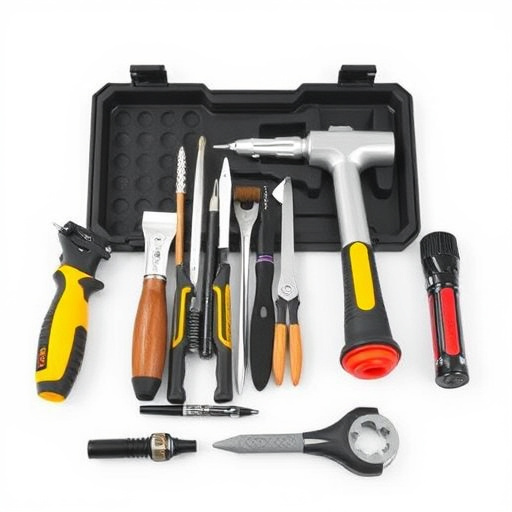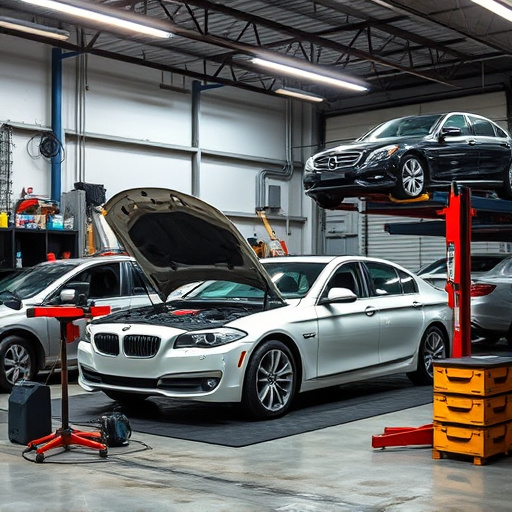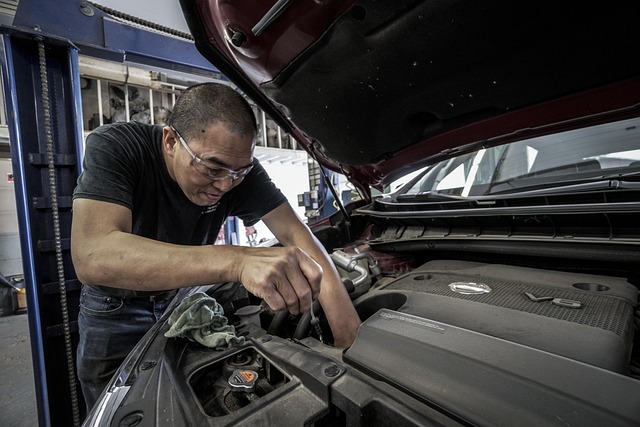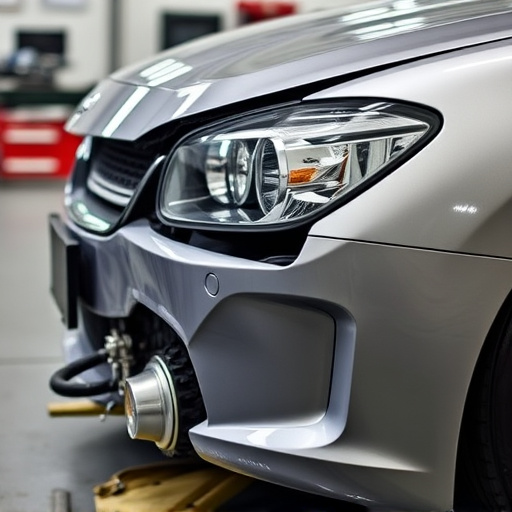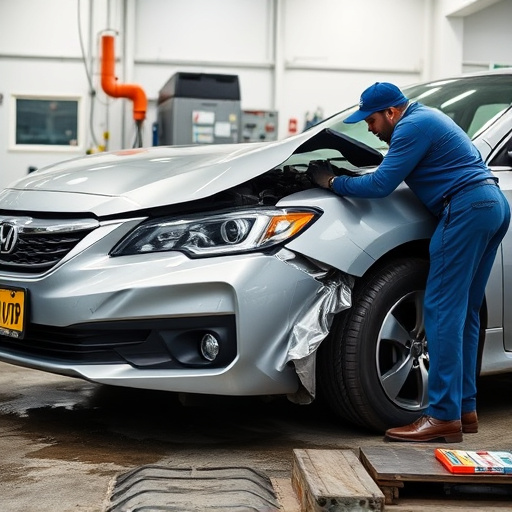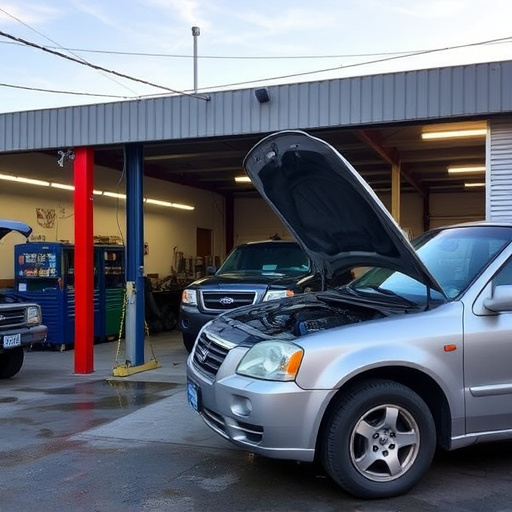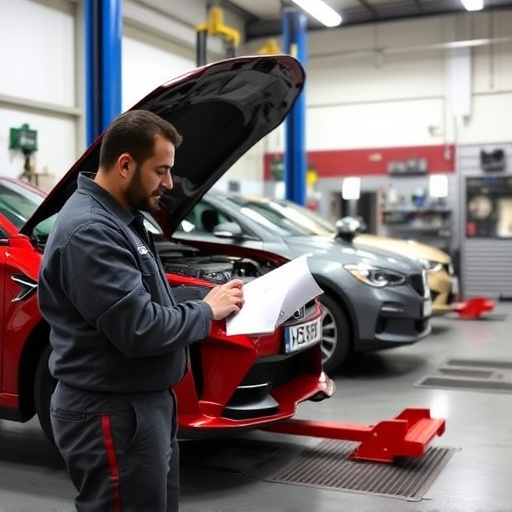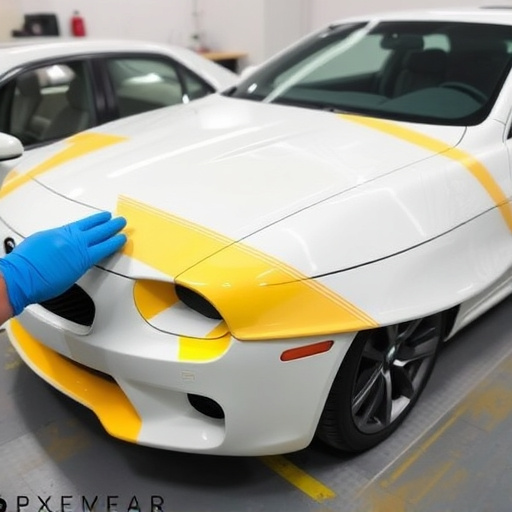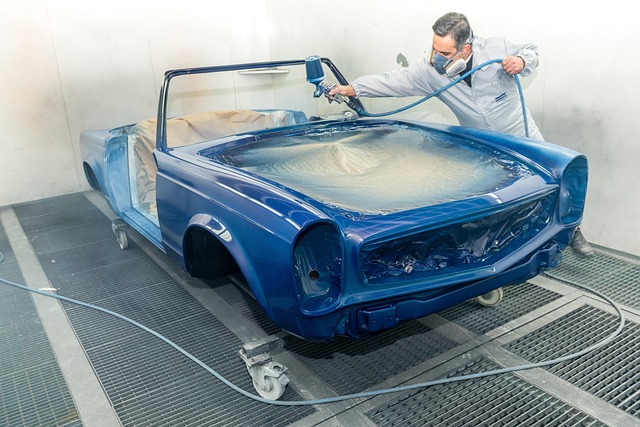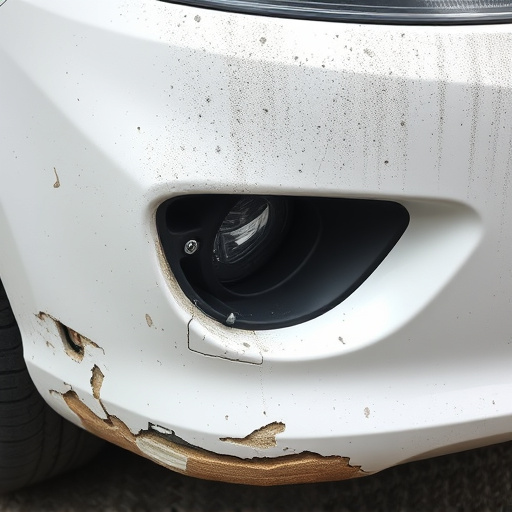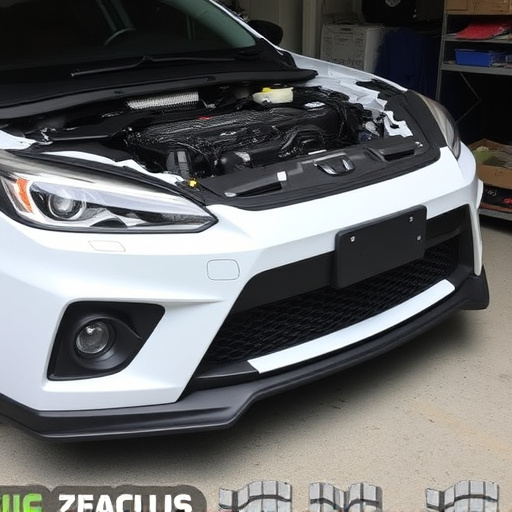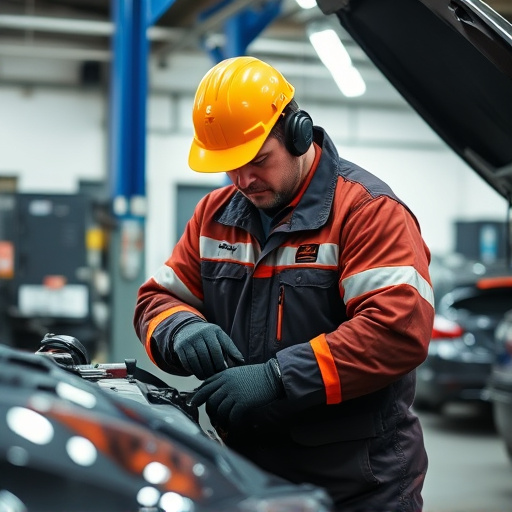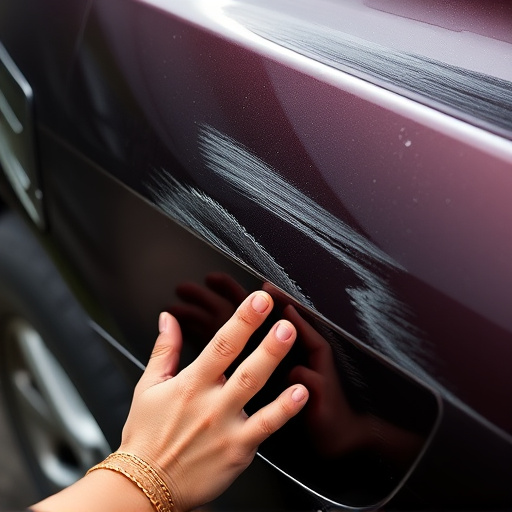Mercedes boron steel cutting is a specialized restoration and repair technique for modern car bodywork, ensuring precise, clean separations while preserving material strength and integrity. Post-repair structural testing involves mechanical and environmental challenges to verify performance and compliance with industry standards, enhancing safety and reliability on the road. Meticulous testing identifies issues before vehicle release, building customer trust and guaranteeing superior performance for critical components like frames and smaller parts.
Mercedes Boron steel cutting has revolutionized automotive manufacturing, offering enhanced strength and durability. This article delves into the intricate process behind this advanced material, exploring its unique properties and benefits. We’ll navigate through the rigorous Post-Repair Structural Testing methodology employed to ensure quality and safety. By examining these methods, we uncover the stringent verification processes that make Mercedes Boron steel cutting a trusted choice for modern vehicles.
- Understanding Mercedes Boron Steel Cutting Process
- Post-Repair Structural Testing Methodology
- Ensuring Quality and Safety Through Verification
Understanding Mercedes Boron Steel Cutting Process
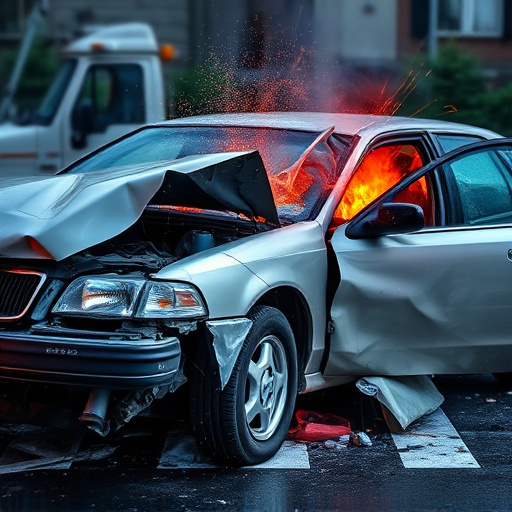
The Mercedes Boron Steel Cutting process is a specialized technique employed in both vehicle restoration and collision repair shops to handle one of the most durable materials used in modern car bodywork—boron steel. This cutting method ensures precise and clean separation of components, crucial for the structural integrity of the vehicle during and after repairs. It involves advanced machinery capable of slicing through boron steel with minimal distortion, preserving the material’s strength and properties.
This technique is particularly vital in complex collision scenarios or when restoring vintage vehicles with unique body designs. By utilizing specialized tools and expertise, a skilled technician can cut and shape boron steel accurately, facilitating both structural repairs and alterations. The end result is a robust car bodywork that maintains its original performance characteristics, ensuring the safety and reliability of the vehicle on the road.
Post-Repair Structural Testing Methodology
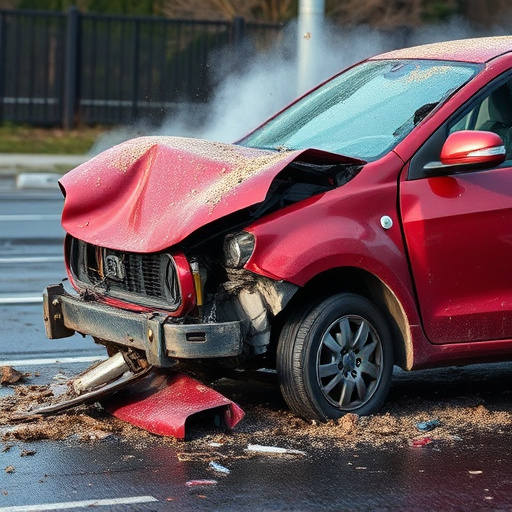
Post-repair structural testing is a meticulous process designed to verify the integrity and performance of materials, especially in the context of Mercedes boron steel cutting applications. This rigorous methodology involves subjecting repaired automotive body work to various mechanical and environmental challenges to ensure it meets the highest standards. The testing protocol typically includes pull tests, bend tests, and fatigue simulations, among others. These assessments not only validate the quality of the repair but also confirm that the structural strength and durability of the auto repair shop’s work are equivalent to or superior to the original vehicle specifications.
The process leverages advanced engineering principles and state-of-the-art equipment to analyze critical parameters like tensile strength, yield point, and corrosion resistance. This comprehensive approach ensures that any automotive body shop performing Mercedes boron steel cutting adheres to precise tolerances and safety standards. The end result is a repaired vehicle with structural integrity comparable to its original condition, enhancing both safety and longevity on the road.
Ensuring Quality and Safety Through Verification
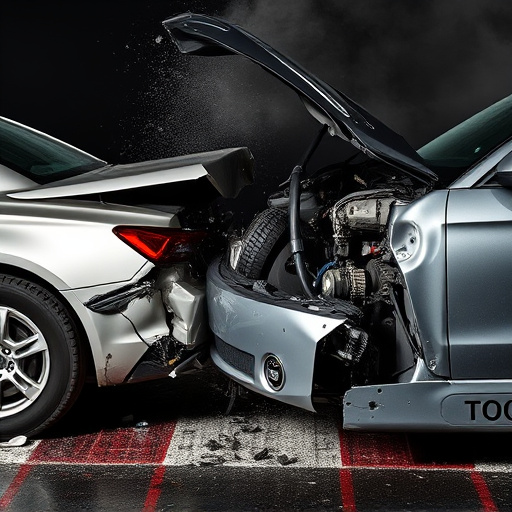
At the heart of any successful vehicle repair lies a commitment to both quality and safety. When it comes to Mercedes boron steel cutting, this becomes even more critical. Post-repair structural testing is an indispensable process that verifies the integrity of the cut and repaired areas, ensuring they meet the highest industry standards. This rigorous verification step goes beyond mere visual inspection; it involves advanced techniques to confirm that the boron steel maintains its superior strength, durability, and corrosion resistance—essential qualities for any vehicle repair, particularly when considering components like frames and chassis.
By subjecting repairs to such meticulous testing, professionals can identify and rectify any potential issues before a vehicle leaves their shop. This includes scrutinizing the precision of cutting, the quality of welds, and the overall structural integrity. Such thoroughness is not just about adhering to regulations; it’s about fostering trust among customers who rely on these repairs for their safety on the road. Moreover, focusing on Mercedes boron steel cutting ensures that vehicles return to service with enhanced performance and reliability, covering not just major components like frames but also smaller yet vital parts often associated with tire services and vehicle paint repair.
Mercedes Boron steel cutting, as proven through rigorous post-repair structural testing, offers a combination of exceptional strength and precision. The verification process ensures that vehicles incorporating this advanced material maintain superior quality and safety standards. By understanding the cutting process and implementing thorough testing methodologies, Mercedes continues to revolutionize automotive craftsmanship, delivering both performance and reliability in equal measure.
